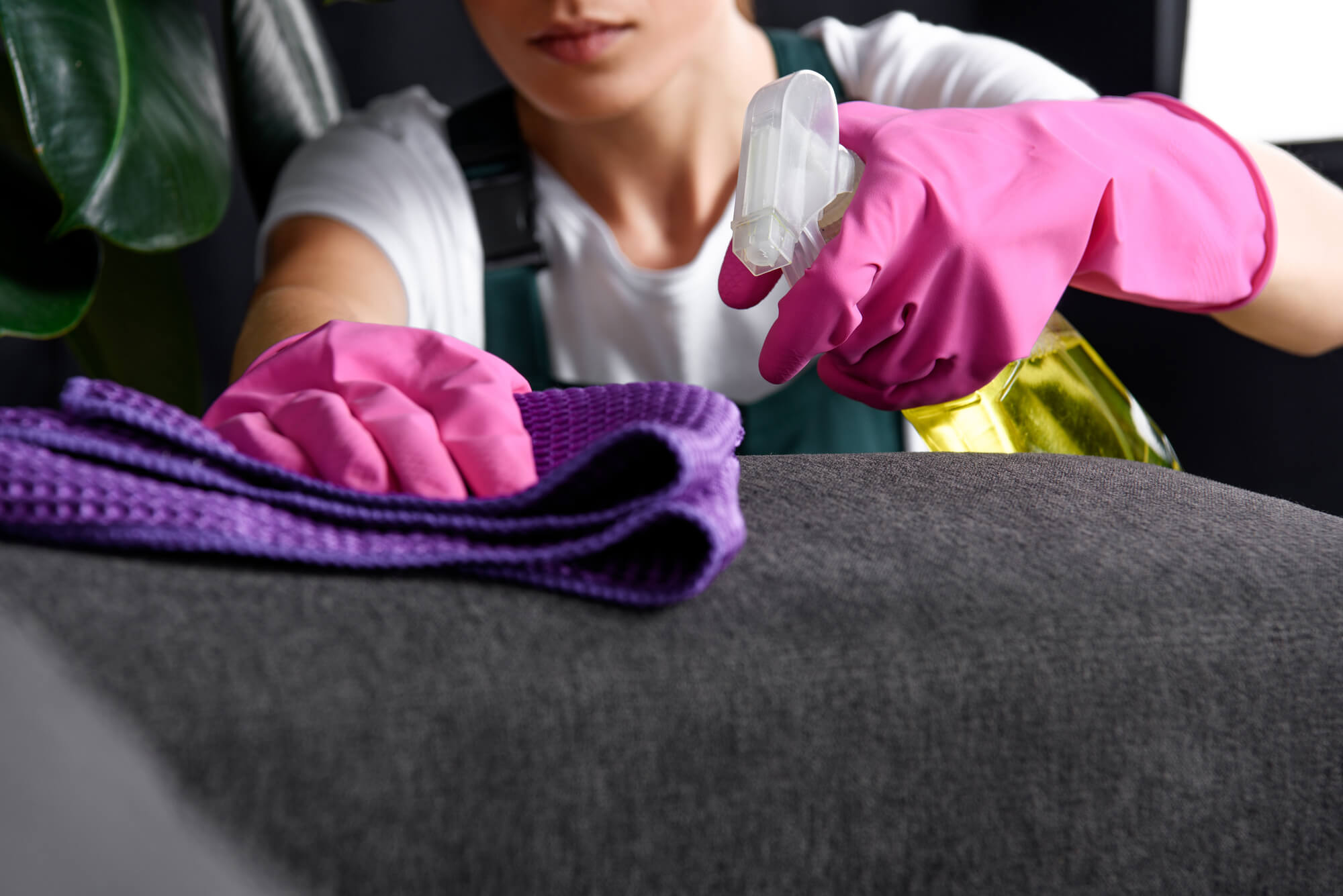
Scotchgard protection is a popular choice among homeowners and consumers looking to safeguard their fabrics and carpets from stains, spills, and dirt. Developed by 3M, Scotchgard offers a protective barrier that repels liquids, making cleanup easier and prolonging the life of upholstery and carpets. While it can be an effective solution for many, it’s essential to consider the potential disadvantages of Scotchgard protection before applying it to your belongings. This article explores some of the drawbacks associated with Scotchgard protection.
Limited Durability
One of the significant disadvantages of Scotchgard protection is its limited durability. Over time, the effectiveness of the protective barrier can diminish, especially with frequent cleaning and exposure to sunlight. While Scotchgard is designed to withstand regular use, it is not a permanent solution. Depending on the fabric and usage, reapplication may be necessary every few months to maintain its protective properties. This recurring maintenance can become inconvenient and potentially costly, especially for larger areas like carpets or upholstered furniture.
Environmental Concerns
Another disadvantage of Scotchgard protection lies in environmental concerns. Some formulations of Scotchgard contain perfluorinated compounds (PFCs), which have been linked to adverse environmental impacts and health risks. PFCs are persistent in the environment and can accumulate over time, leading to contamination of soil and water sources. Although 3M has phased out the use of certain harmful PFCs in recent years, consumers may still be concerned about the environmental impact of the chemicals used in Scotchgard protection. This can be a significant drawback for environmentally conscious individuals looking for safer alternatives.
Chemical Sensitivity and Health Risks
Scotchgard protection contains chemicals that may trigger sensitivities or allergic reactions in some individuals. While most people can safely use Scotchgard, those with chemical sensitivities may experience symptoms such as skin irritation, respiratory issues, or headaches after exposure. Additionally, improper application or insufficient ventilation during the application process can exacerbate these risks. It’s crucial for users to read and follow the instructions carefully, ensuring that the area is well-ventilated and that protective gear is worn when necessary.
Ineffectiveness on Certain Stains
While Scotchgard protection is designed to repel various liquids and stains, it does not guarantee complete protection against all types of stains. For example, oil-based stains, ink, and some dyes can still penetrate fabrics, making them difficult to remove. Moreover, the effectiveness of Scotchgard may vary depending on the type of fabric or surface it is applied to. Therefore, while it offers an added layer of protection, it is not a foolproof solution. Consumers should be aware that some stains may still require specialized cleaning methods to address effectively.
Cost Considerations
The cost associated with Scotchgard protection can also be a disadvantage. While the initial application may seem affordable, the need for periodic reapplication can add up over time, especially for extensive areas like carpets or entire rooms of furniture. Additionally, some professional cleaning services may charge extra for applying Scotchgard protection after cleaning. This ongoing expense can be a concern for budget-conscious consumers, making it essential to weigh the long-term financial implications before committing to this protective solution.
Potential Alteration of Fabric Feel and Appearance
When applied, Scotchgard protection can alter the feel and appearance of some fabrics. Certain materials may become stiffer or less breathable after treatment, potentially affecting comfort levels. For example, a sofa or chair may lose some of its softness or become less flexible due to the coating. Furthermore, Scotchgard protection can change the sheen or color of some fabrics, leading to an appearance that may not be desirable for all consumers. It’s vital to test the product on a small, inconspicuous area before applying it to the entire surface to ensure satisfaction with the result.
Conclusion
In summary, while Scotchgard protection offers various benefits, including stain resistance and easier cleanup, it is essential to consider its disadvantages. Limited durability, environmental concerns, potential health risks, ineffectiveness on certain stains, cost considerations, and alterations to fabric feel and appearance are all factors to weigh before applying Scotchgard protection. Understanding these disadvantages can help consumers make informed decisions about whether Scotchgard is the right choice for their home and belongings. Ultimately, a balanced approach, considering both the benefits and drawbacks, will lead to the best outcomes for maintaining your fabrics and carpets.

